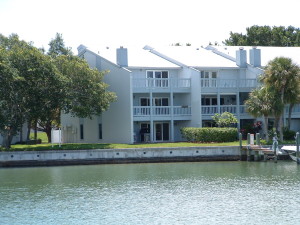Increasing Value
Over the past several years I have tracked the value of improvements that were proven using Matched Pair Analysis. This is a situation where there are two nearly identically properties one with the improvement and one without. This technique allows the appraiser to isolate (and show proof) of the value of the feature. This is an acceptable method of establishing increasing value in improvements. These figures are from a wide range of price ranges.
- Swimming Pool: $9,000 to $20,000
- Bathroom: $5,000 to $25,000
- Half Bathroom $5,000 to 18,000
- Updating: $5,000 to $28,000
- (Permitted) Square Footage Living: $20 to $50
- Additional Car Storage: $4,000 to $10,000
Therefore, it’s important to note that renovations or improvements are made as a matter of the owner preference. Situations where the owner will definitely make money, on resale from renovations are limited. Unless you are a licensed contractor that is able to complete the renovations at cost you should be very cautious. You need to do your homework or hire an appraiser to estimate the value of your property before and after the improvements. Once you pay a contractor, purchase material, permits and professionals, profiting on resale is unlikely.
wp-image-324 size-medium”>
